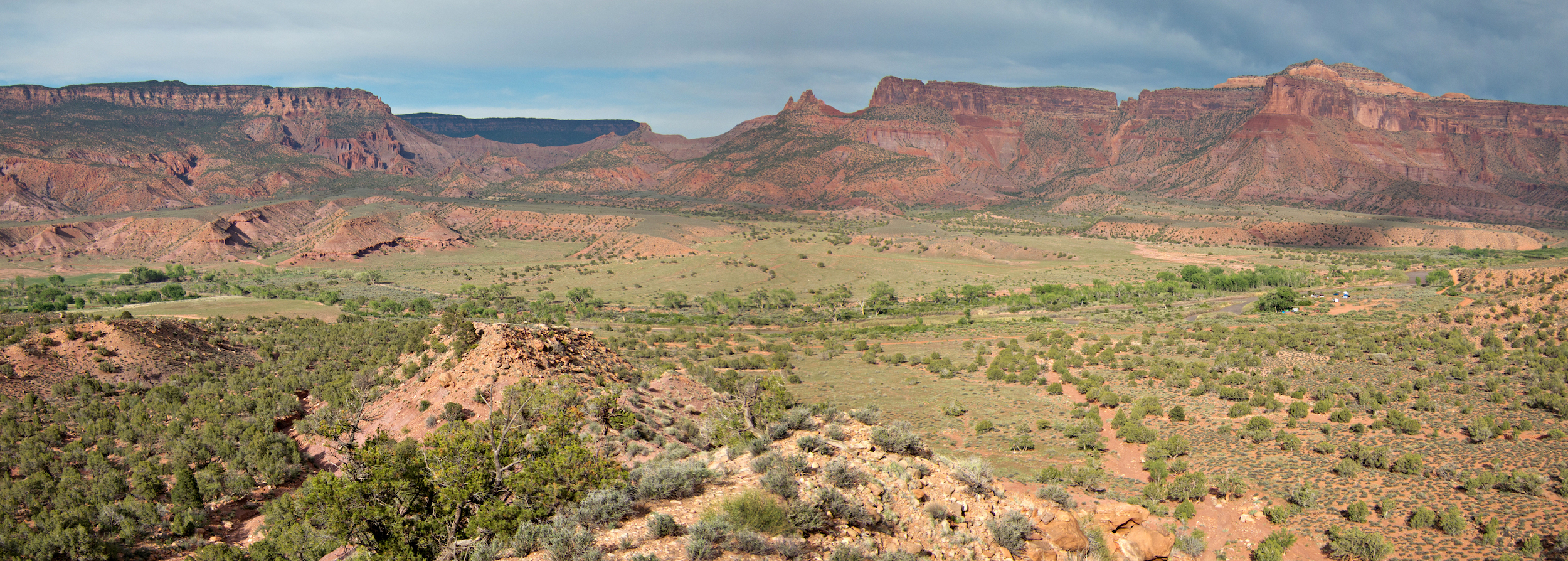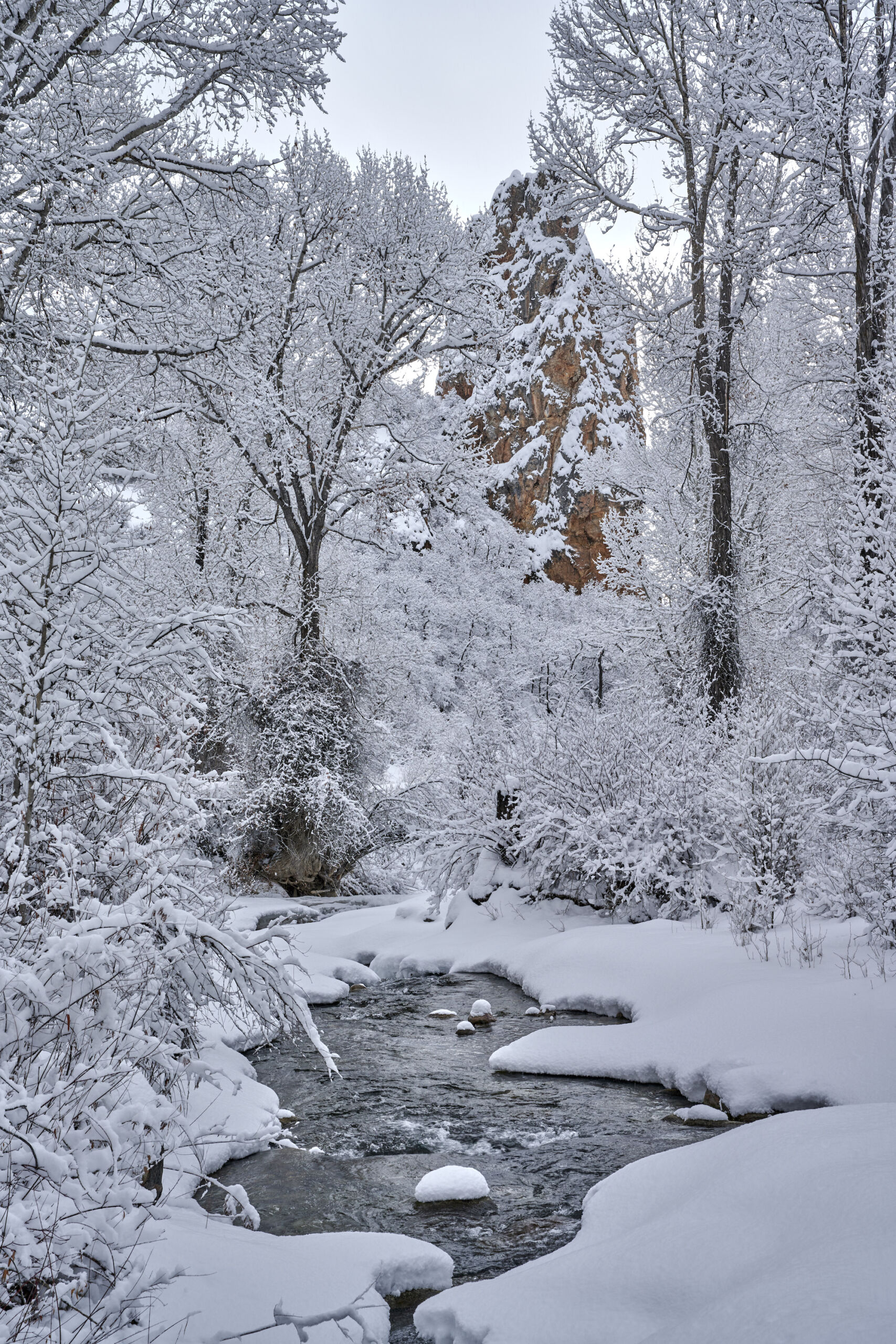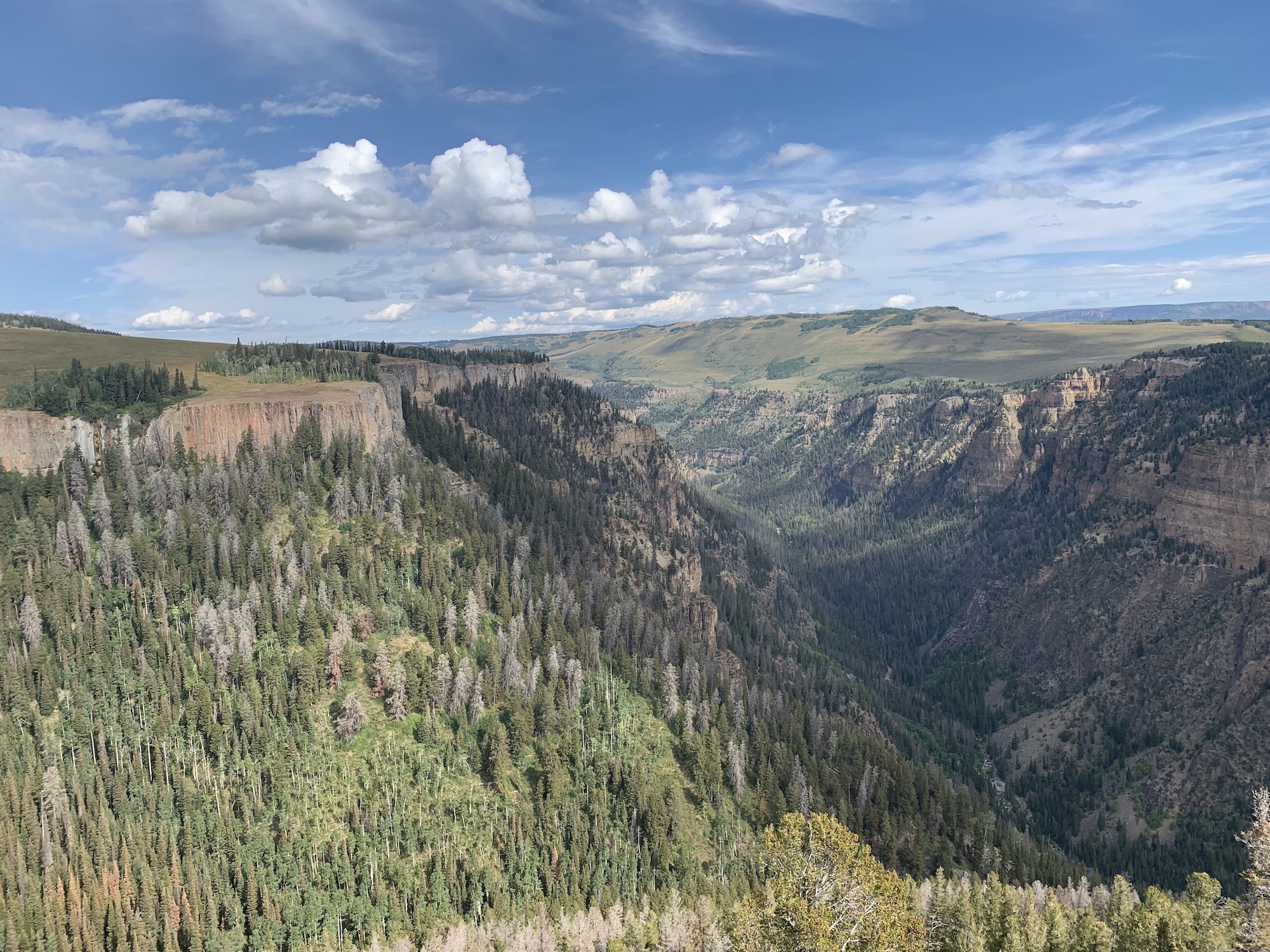New plans will require a hard look at climate impacts
From the Winter 2022 Issue of Wild Works.
This summer, the Bureau of Land Management (BLM) started a new planning process for 1.5 million acres of public lands in western Colorado, spanning the Colorado River Valley and Grand Junction Field Offices. The BLM finalized resource management plans for this region in 2015, adopting heavily imbalanced plans that opened 80% of our public lands to oil and gas leasing and development.
We challenged those plans in court and as a result of our legal challenges, the BLM is now revisiting oil and gas management for the region, and developing a new plan for western Colorado’s public lands that will determine where and how oil and gas leasing and development can occur for the next 20 years or more.

Lumsden Canyon, looking towards Palisade, is a landscape we're working to protect in the new management plans being developed.
This region contains some of our state’s most spectacular landscapes, such as the Dolores River, Grand Hogback, Bangs Canyon, and the Upper Colorado and Roaring Fork Valleys. Coloradans value these landscapes for their wilderness qualities, backcountry recreation opportunities, wildlife habitat, water resources, cultural significance, and famed scenery. In addition to these important on-the-ground resources being threatened by oil and gas leasing, fossil fuel development on public lands is a major driver of climate change that is impacting our human and natural communities. Western Colorado has warmed more than 2°C – double the global average! – earning troubling recognition as a “climate hotspot.”

Above: Deep Creek in Snow. Photo Courtesy Jon Mullen/Ecostock. Below: the Deep Creek Valley in the summer.

Our legal work and advocacy means the BLM will now take a hard look at the climate impacts of oil and gas drilling and make decisions to minimize and mitigate those impacts, while at the same time putting important protections in place for public lands. We’re advocating for the BLM to incorporate key conservation priorities into the new management plans, such as:
- Enact durable protections for wilderness-quality lands that benefit wildlife habitat, recreation, and climate resilience. The BLM should increase the amount of land protected to offset existing oil and gas development and designate new Wilderness Study Areas for our wildest public lands.
- Align oil and gas decisions with the best available climate science and our nation’s commitment to the Paris Agreement’s 1.5°C limit on global temperature rise. The science is clear that meeting this goal requires governments to immediately halt approval of new fossil fuel production.
- Protect water resources from oil and gas development. WW worked with hydrology experts who identified groundwater resources and potential pathways for contamination of those aquifers during oil and gas development. The BLM must use this scientific data to put protections in place for our water sources.
- Implement innovative planning decisions to support local economies transitioning away from extractive industries.
We rallied our members and submitted extensive comments over the summer. BLM expects to release a draft management plan for public review and comment in summer 2023, and we’ll be calling on you to help us get the strongest protections possible!
Page Header Image: Munger Face, a landscape we’re working to protect. Photo Courtesy Jon Mullen/Ecostock.

